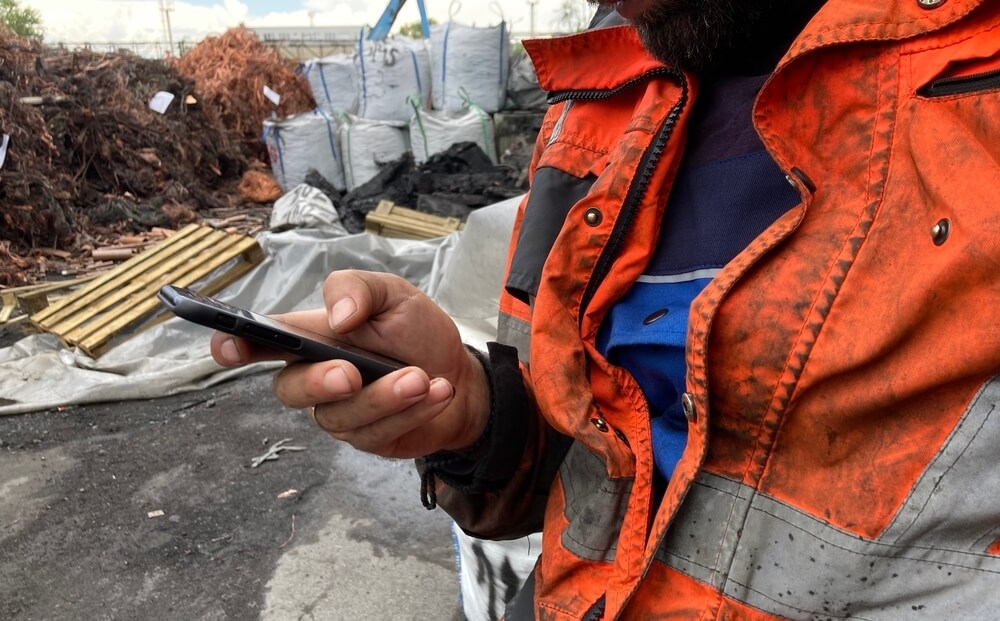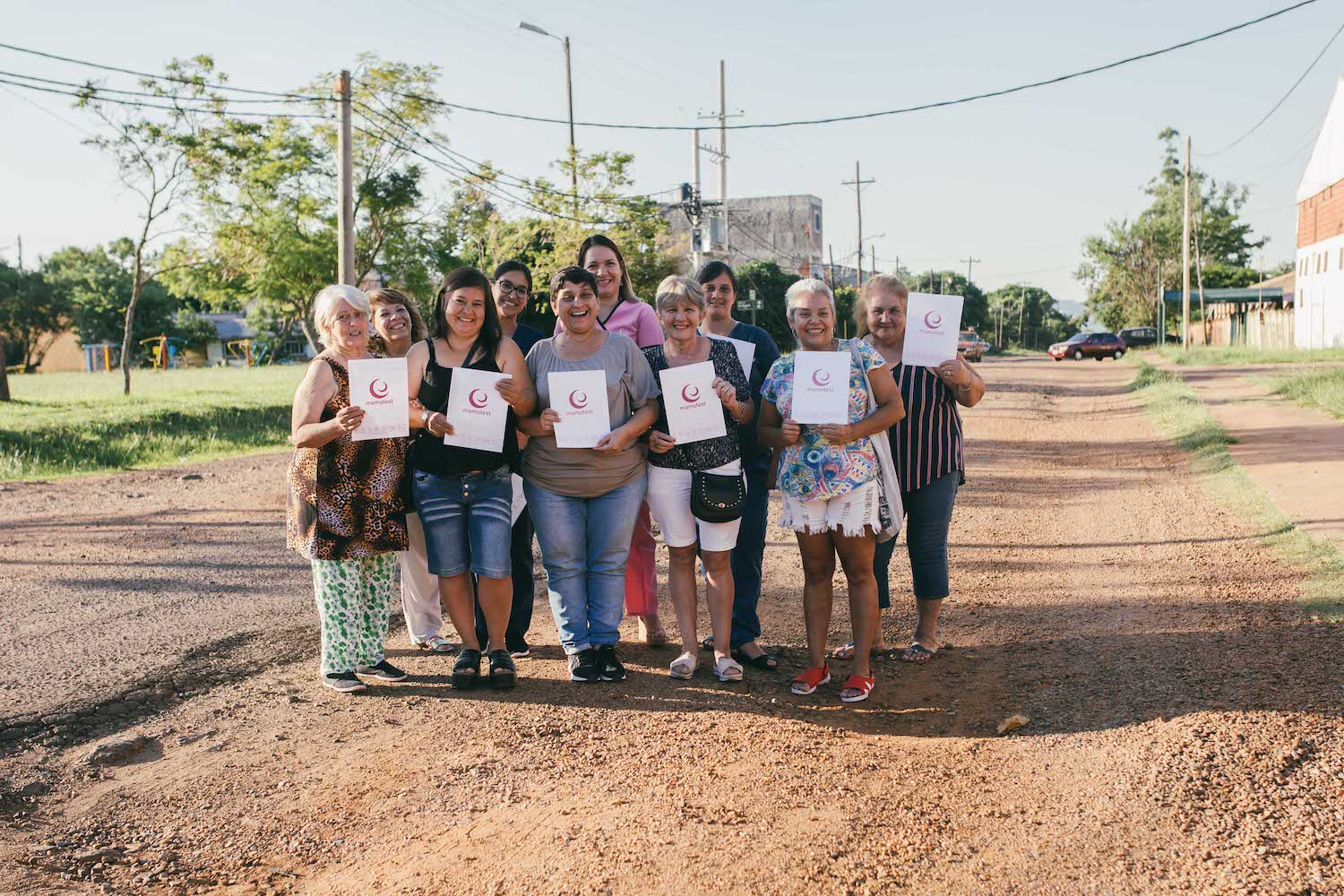ImpactAlpha, Sept. 15 – By the time you read this, energy consumption equivalent to that used annually by Chile and the carbon footprint of Hong Kong may have vanished into the… ether.
That is, if all went well with the much-anticipated transition of the Ethereum blockchain from an energy-intensive proof-of-work, or PoW, system to a more eco-friendly proof-of-stake (PoS). Proof of stake relies on blockchain members “staking” their own crypto to validate new transactions, rather than requiring powerful computers to “mine” digital coins as PoW does.
The “Merge” as the switchover is known, will slash electricity consumption by 99.95%, estimates the non-profit Ethereum.org. Unlike most efforts to drastically reduce energy consumption, this one will happen almost instantaneously.
“The blockchain’s energy use will drop off a cliff,” Daniel Keller of decentralized cloud infrastructure provider Flux told ImpactAlpha. “The moment the merge happens, the miners will be out,” he added.
Questionable benefits
Many crypto proponents hope the Merge will redeem the reputation of blockchains and cryptocurrencies as energy hogs. But it’s unclear how big the net benefit will be. According to Keller, many of the highly energy-intensive computer “rigs” that used to verify Ethereum transactions under the PoW system will likely switch to mining other PoW currencies, such as Flux, ERGO, KASPA or Ravencoin. And many will simply be thrown away, creating e-waste. The move could even prompt developers who’ve built applications on Ethereum but who are concerned about the security of the PoS system to move to other more energy-hungry blockchains, Keller said.
ReFi future
Ethereum is joining a host of other blockchains, such as Cardano, Avalanche and Solana, that already use the PoS system. Chia, a blockchain that underlies a new World Bank ledger to track high-quality carbon credits, uses another eco-friendly system called “proof of space and time.”
The transition is part of an ongoing trend to reduce the environmental impact of cryptocurrencies and the blockchain technology underlying them, as developers pursue a new genre of crypto-enabled regenerative finance, or ReFi.
“This is a step toward blockchain ecosystems becoming net-zero or even climate-positive,” says Thomas Morgan of Basin.global.











